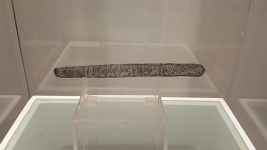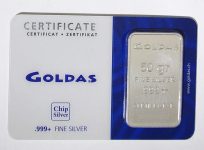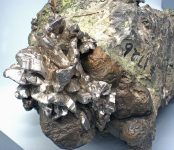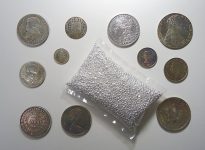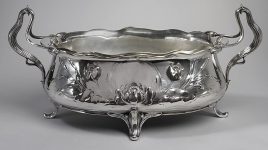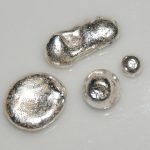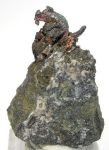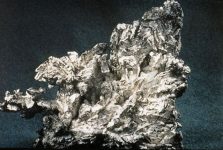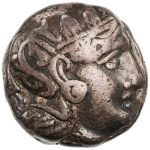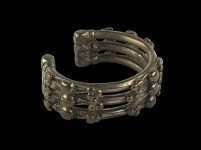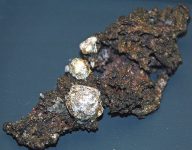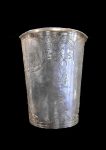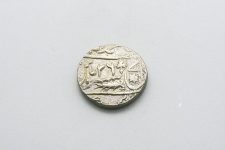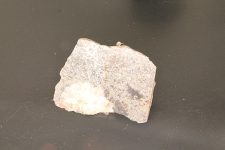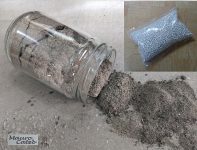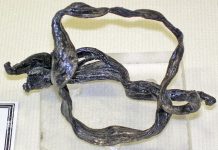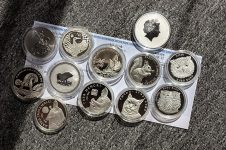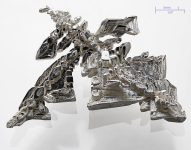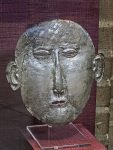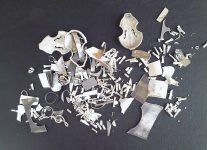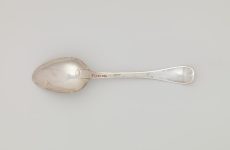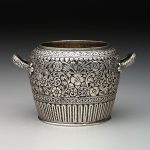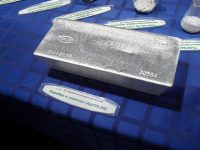Silver
VARIETIES OF SILVER
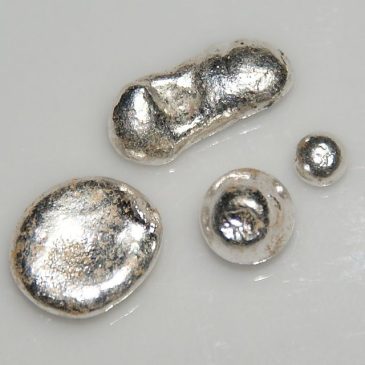
About: Silver is a precious metal known for its lustrous appearance and high conductivity. It has been valued for centuries for its beauty and utility in various applications, from jewelry to industrial uses. This guide provides an in-depth look at silver’s characteristics, history, sources, uses, and significance.
Mining: Silver mining involves extracting silver ore from the earth. Techniques include open-pit mining, underground mining, and placer mining. Large-scale operations use flotation, leaching, and smelting to extract silver from ores.
Refining: Extracted silver is refined to remove impurities. Methods include electrolytic refining and chemical refining. Pure silver is 99.9% pure, often referred to as fine silver.
CHARACTERISTICS
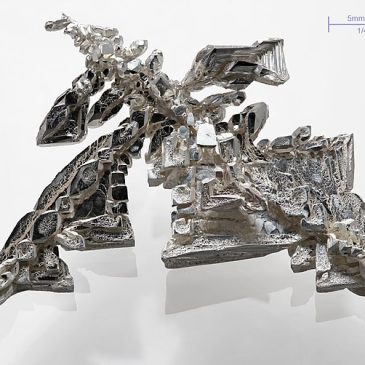
Color: Silver is a shiny, white metal with a bright luster. It is one of the most reflective metals, making it highly prized for ornamental purposes.
Chemical Composition: Silver is a chemical element with the symbol Ag (from the Latin “argentum”) and atomic number 47.
Density: Silver has a density of 10.49 g/cm³, making it less dense than gold but still relatively heavy.
Malleability and Ductility: Silver is highly malleable and ductile, allowing it to be shaped into thin sheets and fine wires without breaking.
Conductivity: Silver has the highest electrical and thermal conductivity of all metals, making it invaluable in various industrial applications.
Tarnishing: Unlike gold, silver tarnishes when exposed to air and moisture due to the formation of a surface layer of silver sulfide.
HISTORY AND LORE
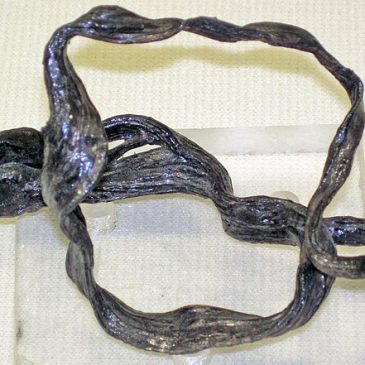
Ancient Civilizations: Silver has been used since antiquity. Ancient Egyptians, Greeks, and Romans used silver for coins, jewelry, and decorative items. The discovery of large silver deposits in Laurium, Greece, around 500 BCE significantly boosted its use.
Middle Ages: In medieval times, silver was used extensively for coinage and in the creation of religious artifacts and ceremonial objects. European explorers sought silver in the New World, leading to significant mining operations in the Americas.
Modern Era: Today, silver is used in a wide range of applications, from investment and jewelry to electronics and medicine. It remains a critical metal in global economies.
SOURCES
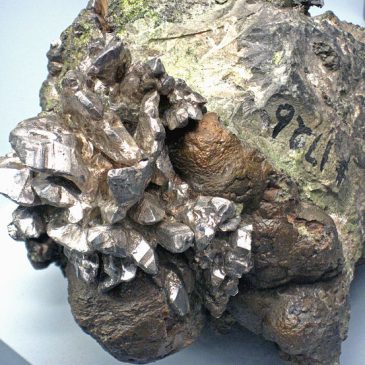
Geographical Locations: Major silver-producing countries include Mexico, Peru, China, Russia, and Australia. Mexico is the largest producer, known for its high-quality silver deposits.
Geological Formation: Silver is often found in its native form but is more commonly extracted from ores such as argentite (silver sulfide), galena (lead sulfide), and other metal ores. It is typically mined as a byproduct of gold, copper, lead, and zinc extraction.
USES
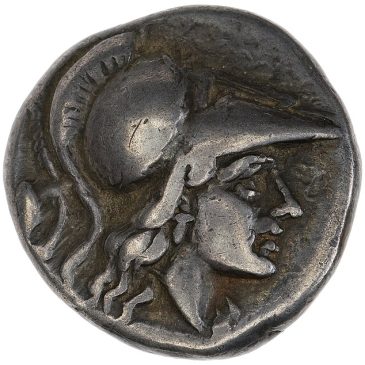
Jewelry: Silver is extensively used in jewelry, including rings, necklaces, bracelets, and earrings. Sterling silver, an alloy containing 92.5% silver and 7.5% other metals (usually copper), is the standard material for high-quality silver jewelry.
Investment: Silver is a valuable investment commodity. It is traded in the form of bullion bars, coins, and exchange-traded funds (ETFs). Investors consider silver a hedge against economic uncertainty and inflation.
Industrial Applications: Silver’s excellent conductivity and reflective properties make it essential in various industries:
- Electronics: Silver is used in conductors, switches, and solder in electronics.
- Solar Panels: Silver paste is used in photovoltaic cells to conduct electricity.
- Mirrors: Silver coatings are applied to mirrors for their high reflectivity.
- Batteries: Silver oxide batteries are used in small electronic devices like watches and cameras.
Medicine: Silver has antimicrobial properties, making it useful in medical applications:
- Wound Dressings: Silver-infused dressings help prevent infections.
- Medical Devices: Silver is used in catheters, surgical instruments, and other medical devices to reduce the risk of infection.
Photography: Historically, silver salts were used in photographic film and paper. Although digital photography has largely replaced traditional methods, silver remains important in some photographic processes.
CULTURAL AND SYMBOLISH
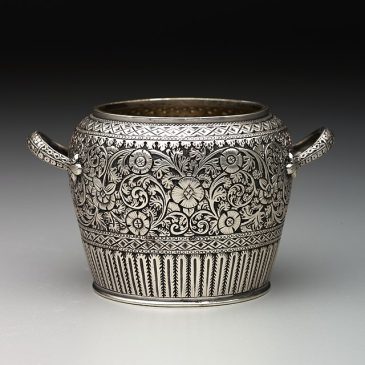
Symbol of Purity: Silver is often associated with purity and clarity. It has been used in various cultural and religious ceremonies as a symbol of purity and protection.
Currency: Silver has been used as currency throughout history. Many countries issued silver coins, and it remains a standard in some collectible and commemorative coins today.
Cultural Expressions: Silver features prominently in language and culture. Phrases like “silver lining,” “born with a silver spoon,” and “silver screen” reflect its positive and valuable connotations.

